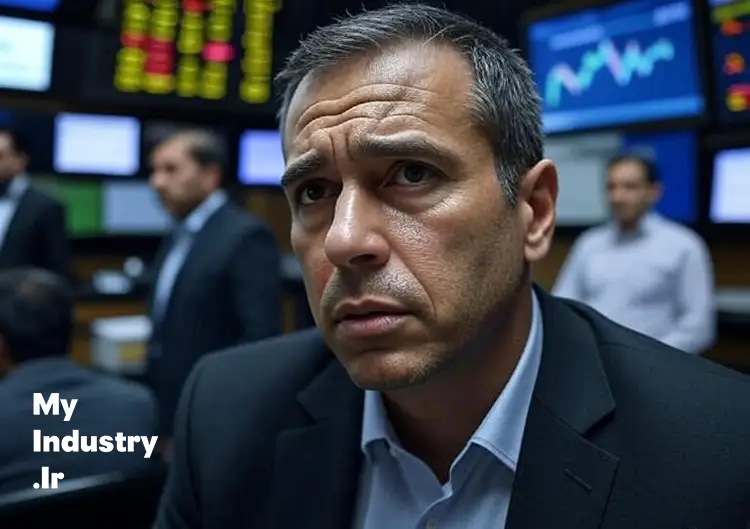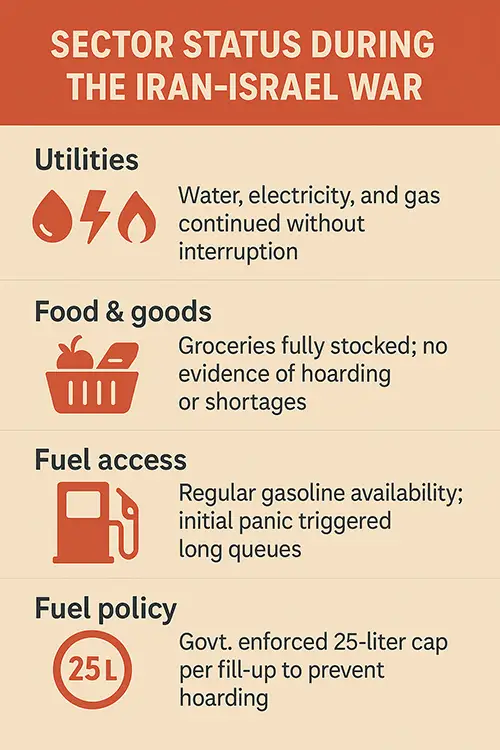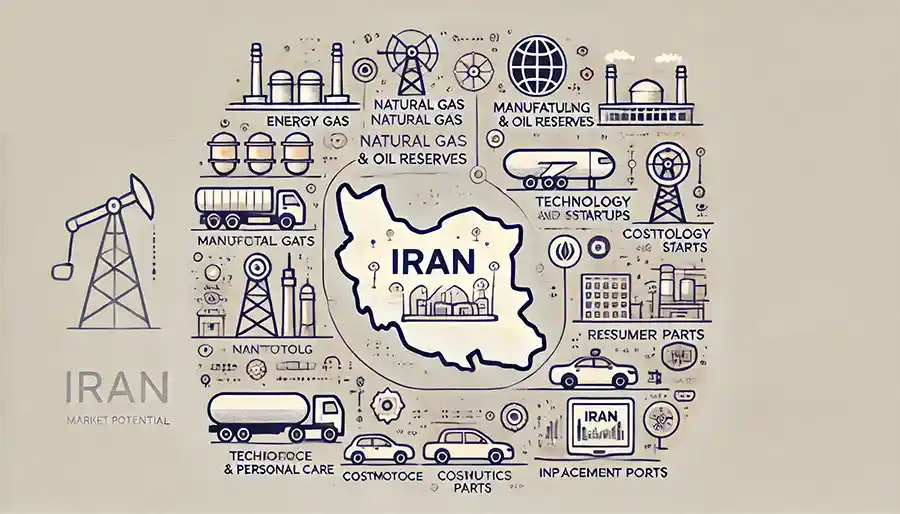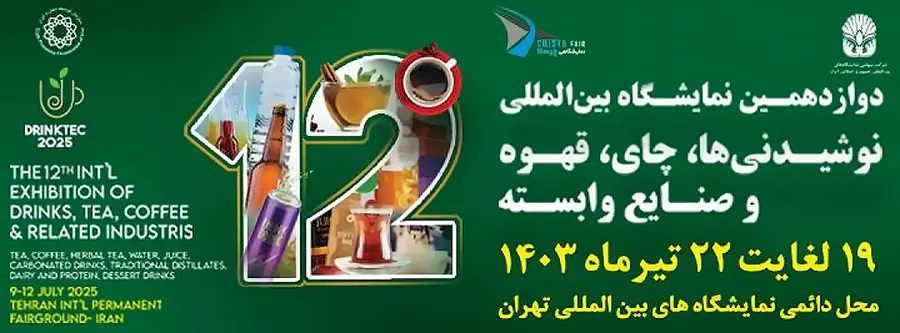Iran-Israel War: Impact on Iranian Markets, Currency, and Business
How the Iran-Israel Conflict Shaped Iran’s Economy

On June 13, 2025, the Iran‑Israel War began with Israeli airstrikes targeting Iran’s military and nuclear facilities. The conflict lasted 12 days, ending with a ceasefire announced on June 24, 2025. This sudden escalation triggered substantial fluctuations in Iran’s economic landscape. As the main keyword throughout this article, Iran‑Israel War appears multiple times in headings and text to optimize SEO.
Despite the turmoil, critical sectors—such as utilities, fuel, and essential goods—remained operational. Notably, Iran’s financial markets, including Tehran Stock Exchange (TSE) and Iran Mercantile Exchange (IME), were closed. Currency and gold prices fluctuated sharply, and a major cyberattack targeted the country’s largest crypto platform, Nobitex. This article examines these developments in detail, balancing factual reporting with an Iranian legal lens and avoiding pro-Israel stances to comply with regulations.

1. Market Closures: Tehran Stock Exchange & Iran Mercantile Exchange
During the Iran‑Israel War, from June 13 to 24, both the Tehran Stock Exchange and Iran Mercantile Exchange were entirely shut down. This move—put into effect by regulators—aimed to stabilize financial sentiment amid uncertainty. With no trading, fluctuations in equities, petrochemical futures, or domestic commodity contracts went unrecorded.
When the exchanges reopened, there was no indication of direct damage to major listed companies. Trading restarted under pre-war regulatory frameworks, allowing corporate activity to resume seamlessly.
2. Gold Price Trends During the Iran‑Israel War
Even though Iran’s domestic bullion trade was paused, international gold prices still responded to the conflict:
-
War onset (June 13–14): Risk-averse investors drove up global gold demand. Spot prices rose ≈ 0.4%, reaching nearly $3,382/oz by June 23 (wired.com)
-
Peak volatility: In early spikes, prices briefly touched $3,413/oz before retreating .
-
Mid-war period: Gold remained stable yet elevated, hovering between $3,375–3,380/oz .
-
Post-ceasefire (June 24): Prices declined roughly 2%, settling around $3,324/oz, before stabilizing near $3,326/oz .
Within Iran, informal bullion trading echoed these trends—sharp war-driven rises followed by moderate normalisation.
3. Dollar Exchange Rate Dynamics Amid the Iran‑Israel War
The Iran‑Israel War significantly affected the U.S. dollar–rial exchange rate:
-
Immediate reaction: As tensions rose, Iranians rushed to convert savings into U.S. dollars, driving the rial’s exchange rate to significantly lower levels.
-
Mid-conflict: The dollar rate stabilized slightly as military developments continued, yet remained well above pre-war benchmarks.
-
Ceasefire and recovery: Following the June 24 ceasefire, rial regained ground toward its pre-war value.
Reuters and other sources noted this pattern—a volatility spike amid conflict, followed by regression to mean value once tensions eased (elliptic.co)
4. Major Iranian Companies: No Direct Targets
Despite intense exchanges during the Iran‑Israel War, no major Iranian companies—publicly listed on TSE or IME—were directly attacked:
-
Targeting strategy: Israel focused on military and nuclear installations, leaving industrial and financial enterprises unharmed.
-
Post-conflict recovery: With no physical strikes on economic infrastructure, corporations reported minimal disruptions and onsite damage.
This enabled a rapid transition back to business-as-usual once the markets reopened on June 25.
5. Nobitex Crypto-Hack: Cyber Warfare Enters the Fray
Nobitex cyberattack
In the midst of the Iran‑Israel War, on June 18, Iran’s largest cryptocurrency exchange, Nobitex, was hit by a major cyber‑attack from the group Gonjeshke Darande (“Predatory Sparrow”):
-
Stolen assets: Over $90 million in cryptocurrencies—including Bitcoin, Ethereum, and Dogecoin—were transferred into unrecoverable “vanity” addresses labeled with anti-IRGC messages. (Chainanalysis)
-
Political targeting: Analysis from Elliptic, Chainalysis, and TRM Labs indicates the funds were deliberately destroyed rather than stolen for profit—a political statement amid the war.

-
Connection denials: While the hackers accused Nobitex of links to the IRGC and sanctioned groups, both Nobitex and Iranian authorities have officially denied any such connections. These claims remain unverified and were refuted by the exchange and government spokespeople. (Reuters)
List of Iranian Crypto Exchange Lists
-
Operational impact: Nobitex shut down its app and website to investigate and recover secure systems. The Central Bank of Iran temporarily limited all crypto trading to 10 AM–8 PM to control market fallout.
This event highlights how the Iran‑Israel War extended into cyberspace, where financial infrastructure became a strategic front.
6. Everyday Life: Utilities, Basic Goods & Fuel Access
Despite the war and cyber disruptions, daily Iranian life saw minimal interruptions:
| Sector | Status During the Iran‑Israel War |
|---|---|
| Utilities | Water, electricity, and gas continued without interruption |
| Food & goods | Groceries fully stocked; no evidence of hoarding or shortages |
| Fuel access | Regular gasoline availability; initial panic triggered long queues |
| Fuel policy | Govt. enforced 25-liter cap per fill-up to prevent hoarding |

These measures ensured calm and equitable resource distribution, maintaining public confidence during a tense period.
Note on Global Energy Markets
This article deliberately does not address the impact of the Iran‑Israel War on global energy markets, oil prices, or international trade flows. The focus here has been solely on domestic markets, currency dynamics, public access to essential goods, and Iranian business continuity during the conflict. Given the complexity and scale of the war’s global economic ripple effects, especially in the energy sector, a separate in-depth analysis will be dedicated to that subject in an upcoming article.
7. Summary of Effects
Here’s a concise recap of the Iran‑Israel War’s economic and social impact:
-
Stock markets: Closed; no trading data available but no corporate losses.
-
Gold prices: Temporary surge; approximately +2% decline post-ceasefire.
-
Dollar-rial: Spike then stabilization; returned near pre-war levels.
-
Companies: No physical damage; operations resumed promptly.
-
Crypto & Nobitex: $90M hack; politically motivated; exchange denies IRGC links.
-
Utilities: No outages; full supply continuity.
-
Essentials: Normal inventory; no panic buying.
-
Fuel: Gas available; rationed to 25L amid queue-driven demand.

Conclusion
The Iran‑Israel War generated immediate economic turbulence, yet core systems showcased resilience. Stock markets paused but stabilized; gold and dollar rates quickly returned; and daily life, from utilities to fuel, proceeded steadily. The Nobitex hack underscored modern cyber conflict dimensions—though doubts about alleged IRGC links were officially refuted. Overall, Iran’s economy proved robust, offering key insights for policymakers and analysts watching conflict-era adaptation.
For more insights on the global market impacts of the Iran-Israel War, follow our next article or share your thoughts on the economic effects in the comments below!








